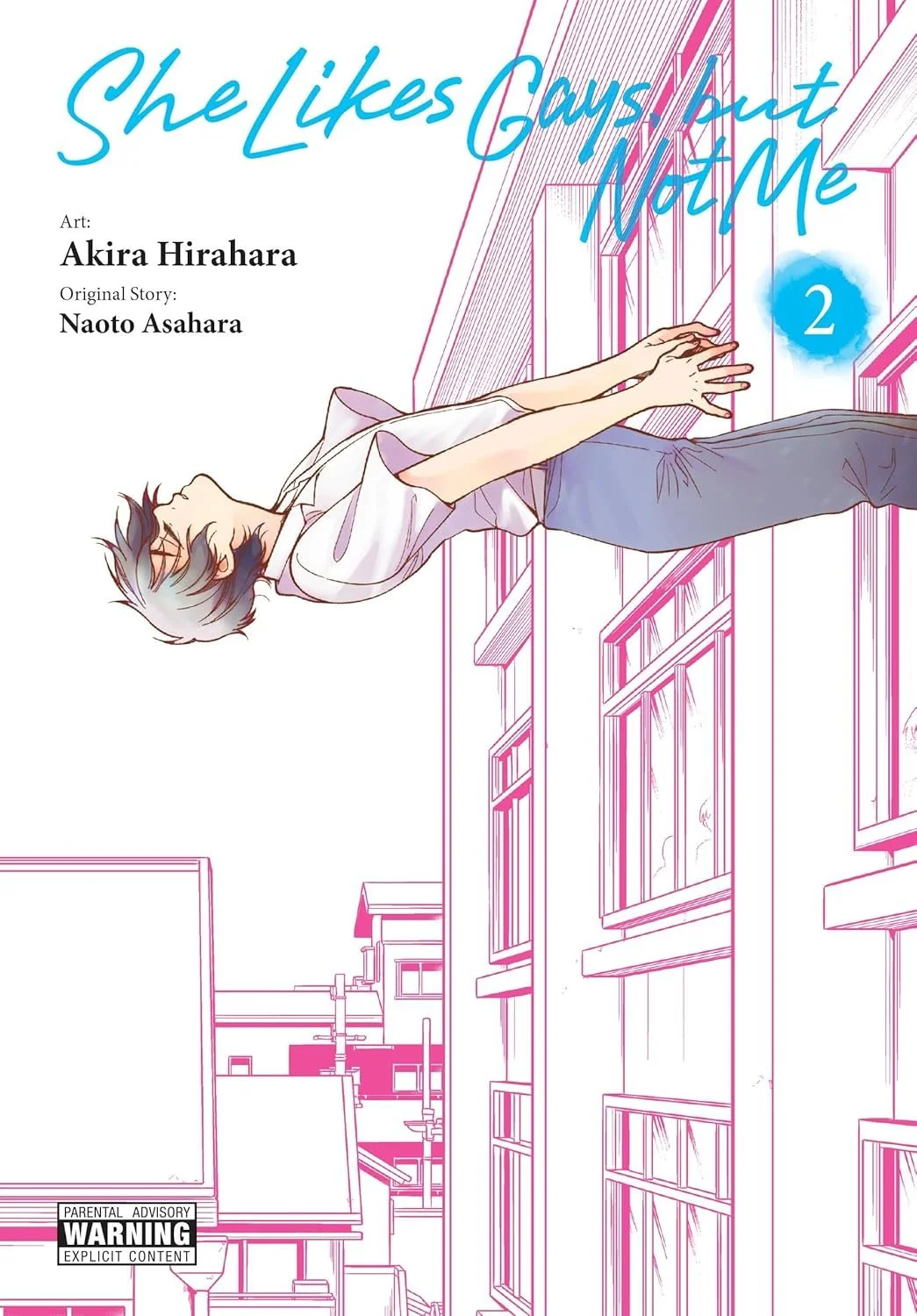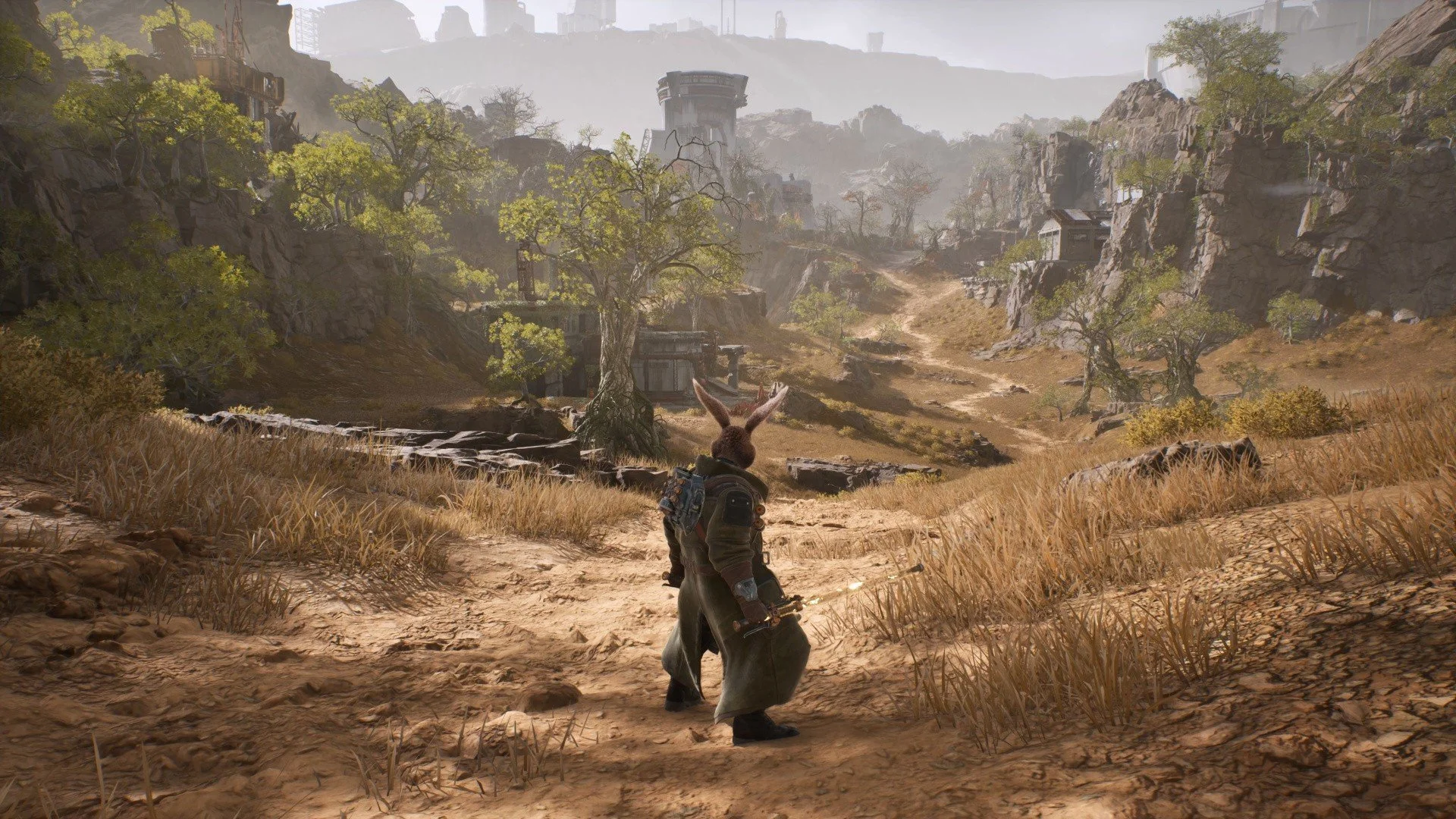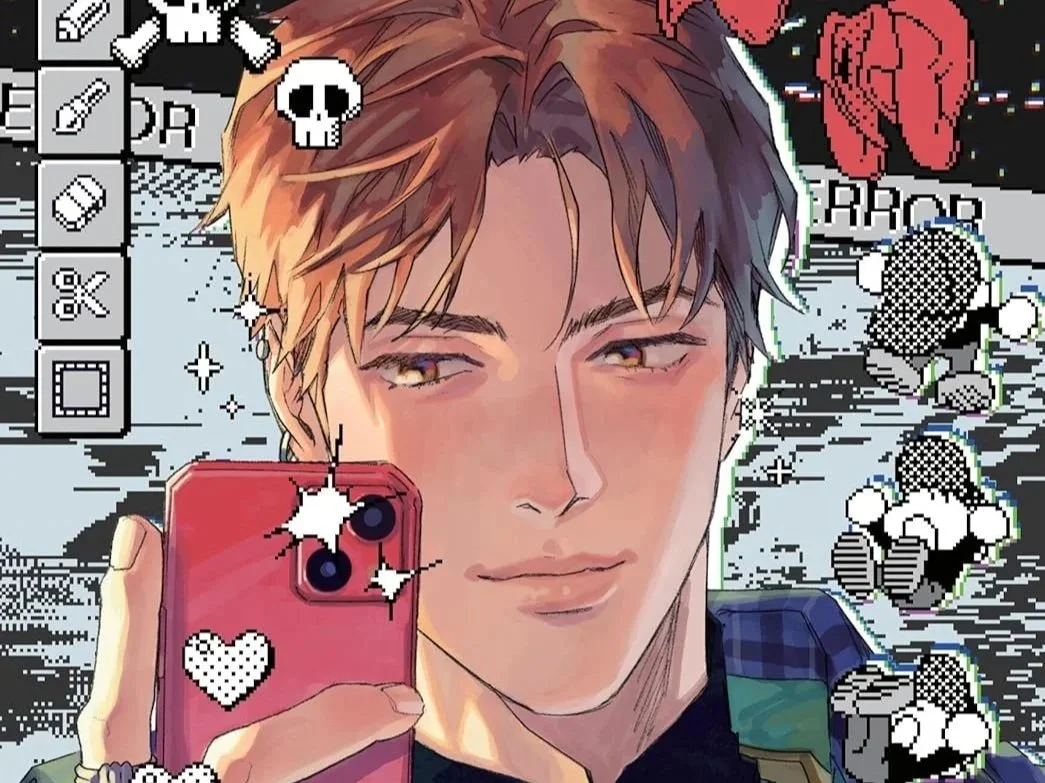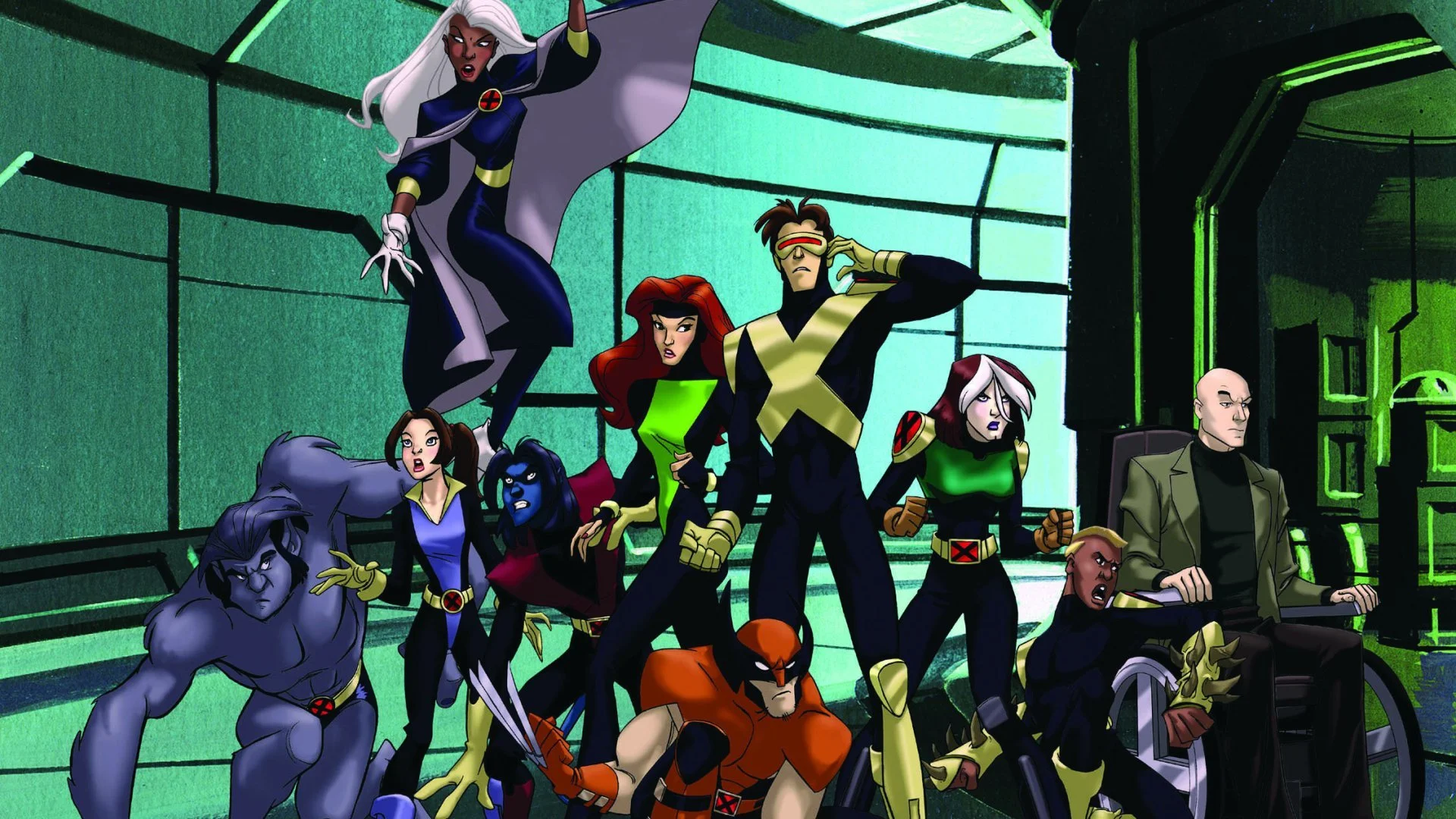She Likes Gays, but Not Me: Vol. 2 Review
REVIEW
✦
REVIEW ✦
We’re officially two volumes into the new BL manga, She Likes Gays, but Not Me, and this volume goes deep. So, if you’re expecting a surface-level title about romance, you might also want to emotionally prepare yourself for a thought-provoking story that covers various degrees of a complex coming-out story. Here’s why this one is absolutely worth your time.
The Plot
In the second volume of She Likes Gays, but Not Me, the narrative takes a somewhat complex, darker turn as Jun Andou grapples with the fallout from a shocking message from Mr. Fahrenheit, leaving him emotionally destabilized. Jun seeks solace in the arms of his lover Makoto (a pairing that shouldn’t even be together), which leads to a pivotal moment when classmate Sae Miura unexpectedly discovers the truth about Jun — and this unexpected complication catapults Jun into a whirlwind of confusion and vulnerability.
Fortunately, with encouragement from friend Ryouhei, he tentatively begins to open up to Sae in hopes that there might be some level of respect between the two. This volume organically builds tension as Jun faces the implications of his secret potentially becoming public, raising the stakes for his character development and the dynamics of his relationships. But for those who prefer some lighter content, you should also know that there are some really dark, depression-consuming plot points throughout — making this a major tonal switch.
The Characters
The character evolution in the second volume is particularly engaging. Primarily through Jun, who remains the conflicted protagonist, navigating fear and desire while wrestling with his identity. While dealing with the volume’s impactful grief (that also amplifies his concerns about being open with his identity), Jun then begins to face his secrets head-on, leading to some of his most revealing thoughts and emotions thus far. Sae emerges as a more complex figure, shifting from merely an observer to a potential ally in her attempt to understand Jun’s feelings. Her curiosity about the LGBTQ+ community adds layers to her character, and her reactions to discovering Jun and Makoto elevate the emotional stakes.
It’s also worth noting that the supporting cast, primarily Ryouhei, highlights the importance of friendship and support during challenging times as he realistically portrays a slight degree of hesitation that others might have encountered upon revealing one’s sexuality to a same-sex friend. But it’s all about growth with these characters, and that’s one of its most commendable strengths as they navigate their evolving relationships.
The Art
The art continues to be a strong point of the series, with expressive character designs that reflect their evolving emotions. The use of softer lines and delicate backdrops masterfully sets the intimate scenes and conversely, heavy themes, enhancing the feeling of vulnerability. Panel layouts emphasize the gut-wrenching turmoil of the protagonist, drawing readers into Jun's internal and external conflicts as he goes through the motions.
In addition to its skillful depiction of outbursts or dramatic instances, the volume’s actionless moments where characters share glances or uncertain touches are particularly poignant, capturing the nuanced expressions of their journeys. This attention to detail in the art complements the narrative perfectly, making key scenes resonate more deeply.
Themes and Symbolism
From start to end, the volume definitely delves into the trenches of heavier themes such as acceptance, identity, discrimination, mental health, self-love, and even the pressures of societal expectations. The urgency of Jun’s situation mirrors the struggles many face in reconciling their true selves with external perceptions — culminating in a truly tragic moment that eerily reflects the most devasting response to the loss of social acceptance.
Sae’s role is symbolic of the bridges that can form between different worlds, suggesting that understanding and acceptance can be found where least expected. The constant balancing act between public and private life highlights the struggles within the LGBTQIA+ community, as well as the broader theme of the search for identity amidst a myriad of social constraints. And when least expected, the threat of eavesdropping adds more breadth to the story while serving as a metaphor for the fear of exposure that accompanies those living a hidden life.
The Verdict
In conclusion, the second volume of She Likes Gays, but Not Me expands on the foundational elements of the story with compelling plot development, rich character exploration, stunning artwork, and thought-provoking themes. It solidifies the series’ commitment to exploring the multi-faceted journey of self-discovery.




![[Oshi no Ko]: Vol. 12 Review](https://images.squarespace-cdn.com/content/v1/65bcd87d5d1be54f8cb487b6/1766497421656-X9KRLG0NRJ7NKR37G577/oshi%2Bno%2Bko.jpg)









